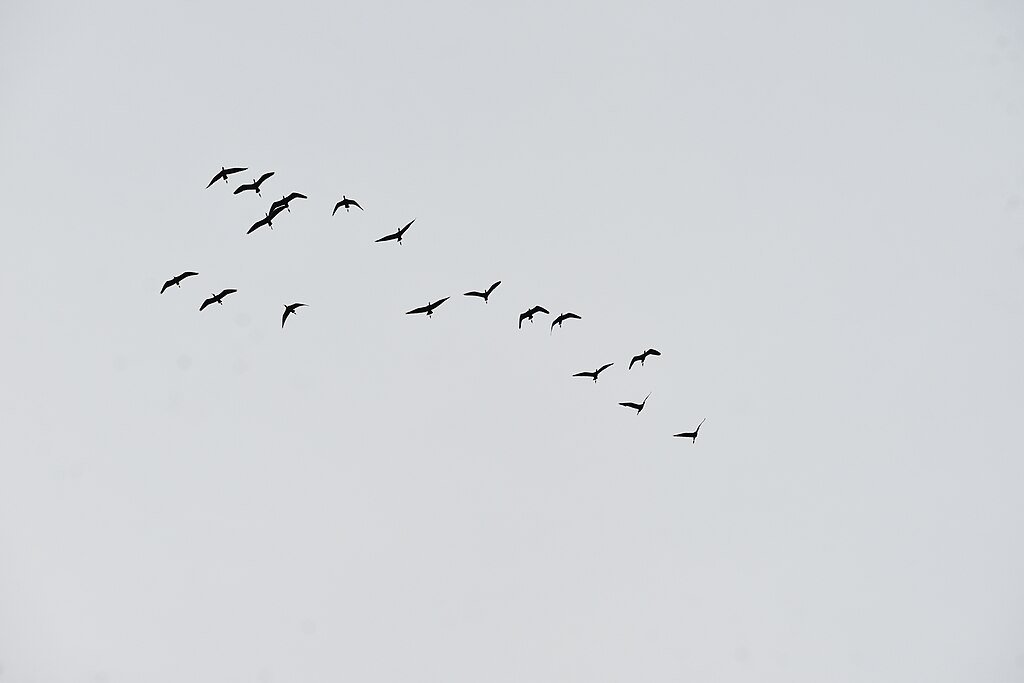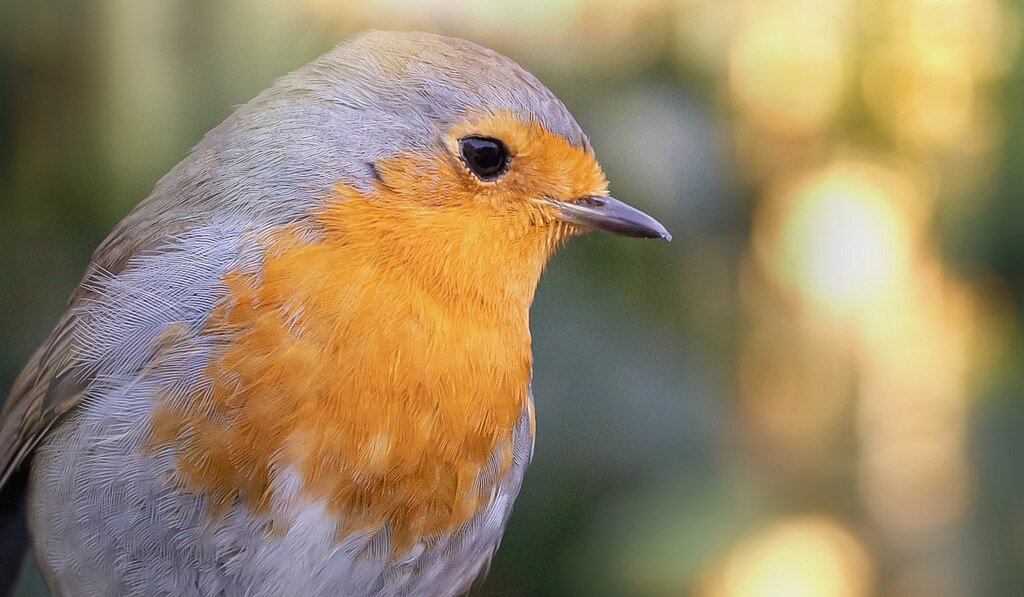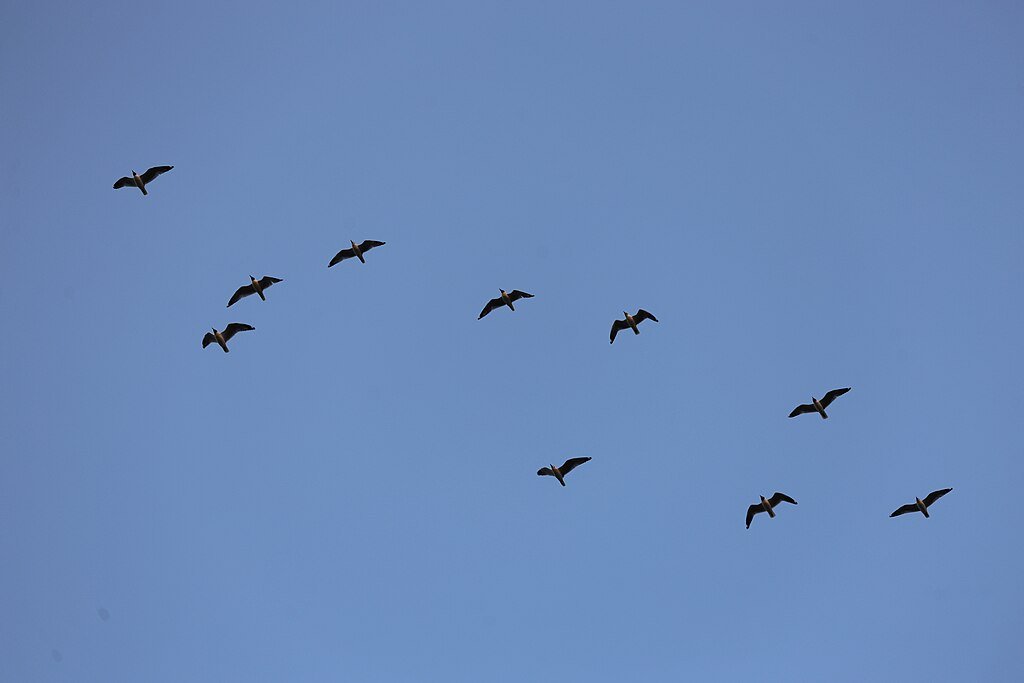A sobering new study published in Nature Ecology & Evolution reveals that more than 500 bird species could go extinct within the next century due to escalating threats from climate change, habitat loss, and human activity. Conducted by researchers at the University of Reading, the study highlights that this projected loss is nearly three times greater than all documented bird extinctions since 1500 CE.
A Crisis of Biodiversity and Function

The researchers analyzed data from nearly 10,000 bird species using the IUCN Red List and found that extinction risk is not evenly distributed. Large-bodied birds and those with broad wings are particularly vulnerable—larger birds are more susceptible to hunting and climate change, while broad-winged species are disproportionately affected by habitat destruction. The loss of these birds would not only reduce species richness but also severely impact ecosystem functions, as many of these species play unique ecological roles.
Even Protection May Not Be Enough
Alarmingly, the study found that even if human-driven threats were eliminated today, around 250 bird species would still be at risk of extinction. These species are already so imperiled that they require intensive recovery efforts, such as captive breeding programs and habitat restoration, to survive. The researchers argue that halting threats alone is insufficient—targeted conservation strategies are essential to preserve avian diversity and the ecological services birds provide.
Prioritizing the Most Unique
To maximize conservation impact, the study recommends focusing on the most evolutionary and functionally distinct birds. By prioritizing just 100 of the most unusual threatened species, conservationists could preserve up to 68% of the diversity in bird shapes and sizes. This approach would help maintain the structural and functional integrity of ecosystems, especially in regions where birds are key pollinators, seed dispersers, and pest controllers.
Conclusion

The looming extinction of over 500 species represents an unprecedented crisis in modern times. While the numbers are stark, the study also offers a roadmap for action—combining broad-scale threat reduction and targeted recovery programs. As the authors emphasize, immediate and coordinated global efforts are needed to prevent a catastrophic loss of avian life and the collapse of the ecosystem they support.
Source:





